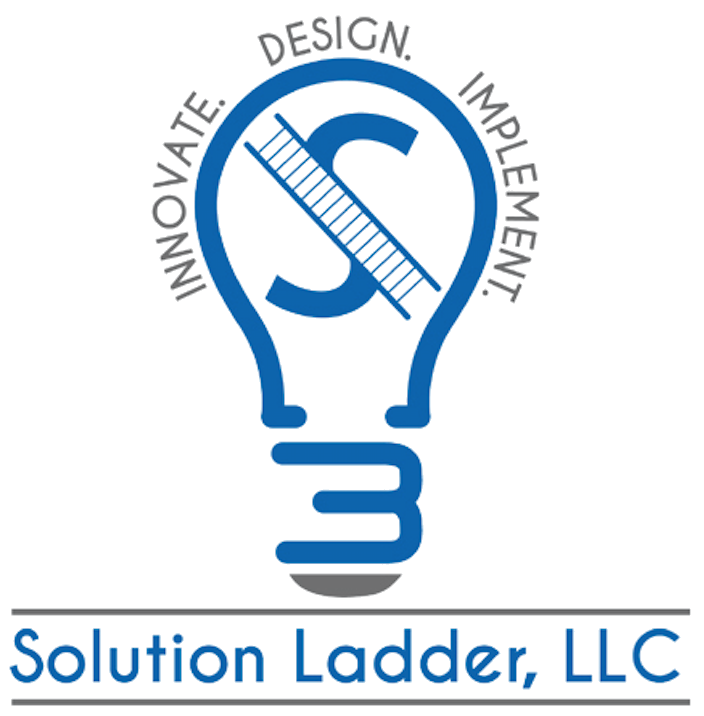· 2 min read
Useful tools and resources to create a professional website
Explore vital tools and resources for a sleek website. From design to functionality, our guide elevates your online presence.

Practical resources we use
Below are tools and resources Solution Ladder regularly uses when building web and mobile applications. These help us move fast while maintaining security and operability:
- Design: Figma — shared component libraries and token exports.
- CSS & utilities: Tailwind CSS — for consistent, utility-driven styling.
- Static & hybrid sites: Astro — fast page generation and island architecture.
- Embeds & media: unpic / cloud-hosted images — optimized delivery for high-performance pages.
- Image processing: Sharp — server-side image transforms and responsive sizes.
- Observability: Sentry, Prometheus, Grafana — error and metrics collection.
- CI/CD: GitHub Actions — deployments, checks, and release automation.
Use this list as a starting point; we adapt stacks to client constraints and compliance requirements. Use this list as a starting point; we adapt stacks to client constraints and compliance requirements.
Getting started checklist
- Define goals and success metrics (performance, conversion rates, accessibility targets).
- Choose a stack: Astro + Tailwind for marketing sites; React/Vue/Remix for heavy client apps when needed.
- Set up design system in Figma with tokens exported for Tailwind variables.
- Plan content (pages, blog, product docs) and routing; create a sitemap before development.
- Add CI/CD (GitHub Actions) with linting, type checks, and preview deploys for each PR.
- Configure observability (Sentry for errors, Prometheus/Grafana for metrics) early.
- Review hosting options and backups (Vercel, Netlify, or static S3 + CloudFront depending on needs).
Recommended starters & templates
- Astro + Tailwind starter kits for fast static pages.
- Component libraries: Headless UI + Radix for accessible primitives.
- Design system examples: Tailwind UI examples or custom Figma kits.
Performance & accessibility quick tips
- Optimize images (responsive srcset, use AVIF/WebP where possible).
- Use server-side rendering or partial hydration islands to minimize JS shipping.
- Audit with Lighthouse and fix top accessibility violations (labels, color contrast, keyboard order).
- Use Brotli/Gzip compression and set long cache TTLs for static assets.
Security & maintenance
- Enforce HTTPS and HSTS at the CDN level.
- Regular dependency scanning and automated security PRs (Dependabot/GitHub maintain).
- Back up content and configuration (site config, CMS exports) and test restores.
Further reading & templates
- Astro docs and example starters for content-driven sites.
- Tailwind docs and component examples.
- GitHub Actions marketplace for CI templates.
If you’d like, Solution Ladder can set up a tailored starter repo, Figma kit, and CI/CD pipeline for your project — contact us at info@solutionladder.com or visit /contact to request a quote.



